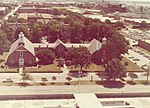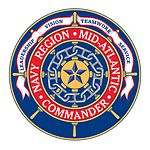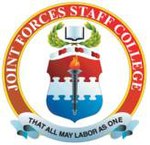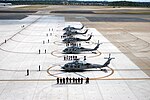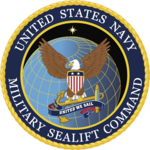Naval Station Norfolk
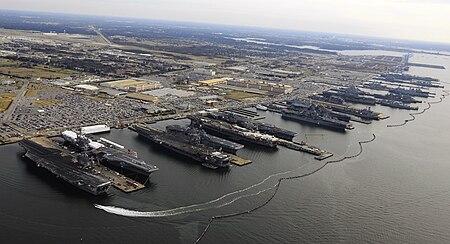
Naval Station Norfolk is a United States Navy base in Norfolk, Virginia, that is the headquarters and home port of the U.S. Navy's Fleet Forces Command. The installation occupies about 4 miles (6.4 km) of waterfront space and 11 miles (18 km) of pier and wharf space of the Hampton Roads peninsula known as Sewell's Point. It is the world's largest naval station, with the largest concentration of U.S. Navy forces through 75 ships alongside 14 piers and with 134 aircraft and 11 aircraft hangars at the adjacently operated Chambers Field. Port Services controls more than 3,100 ships' movements annually as they arrive and depart their berths. Air Operations conducts over 100,000 flight operations each year, an average of 275 flights per day or one every six minutes. Over 150,000 passengers and 264,000 tons of mail and cargo depart annually on Air Mobility Command (AMC) aircraft and other AMC-chartered flights from the airfield's AMC Terminal.
Excerpt from the Wikipedia article Naval Station Norfolk (License: CC BY-SA 3.0, Authors, Images).Naval Station Norfolk
Piersey Street, Norfolk
Geographical coordinates (GPS) Address Nearby Places Show on map
Geographical coordinates (GPS)
| Latitude | Longitude |
|---|---|
| N 36.945 ° | E -76.313055555556 ° |
Address
Piersey Street
Piersey Street
23511 Norfolk
Virginia, United States
Open on Google Maps
